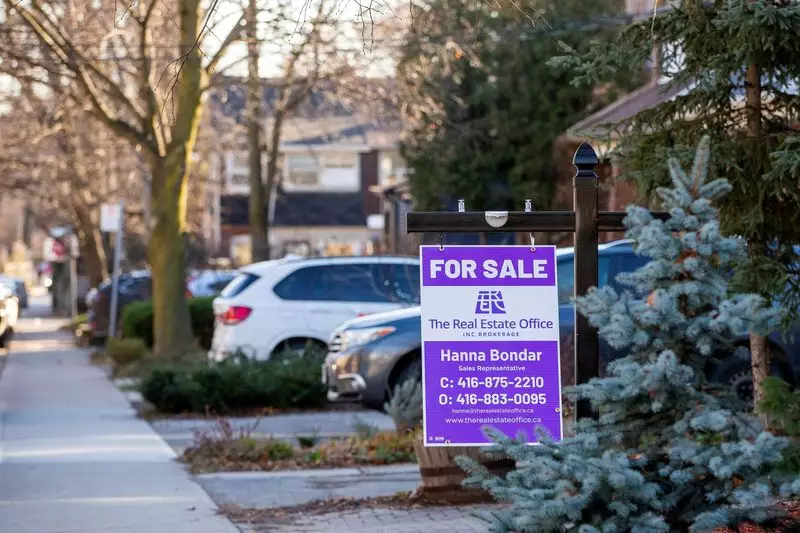The Greater Toronto area experienced a decline in home sales during the month of July, following a surprising increase in June that had broken a four-month streak of decreases in home deals. The Toronto Regional Real Estate Board (TRREB) reported a 1.7% drop in seasonally adjusted sales in July, after observing a 3.2% rise in June. This fluctuation indicates a certain level of volatility in the real estate market, which can have a significant impact on both buyers and sellers.
Despite the decrease in sales, average prices for homes in the Greater Toronto area saw a marginal increase of 0.2% last month, reaching C$1.13 million. This price increase represents the highest since December, indicating that the market may still be favoring sellers. Additionally, new listings were down by 0.8%, which could potentially lead to a decrease in available inventory and increased competition among buyers.
The rise in home prices can be attributed to the anticipation of further rate cuts from the Bank of Canada. The central bank has recently cut its key policy rate twice in an effort to stimulate the economy, bringing interest rates down to 4.5%. This has created an environment where buyers are eager to take advantage of lower borrowing costs, potentially driving up demand for homes in the Greater Toronto area.
Looking ahead, financial markets are expecting another 25 basis point reduction in borrowing costs in September, with a small chance of an even larger 50 basis point cut. If these predictions hold true, it could lead to a surge in home sales as buyers capitalize on lower interest rates. TRREB President Jennifer Pearce noted that the cost of borrowing is expected to decline further in the coming months, which could result in accelerated sales as buyers benefit from lower monthly mortgage payments.
The recent decline in home sales in the Greater Toronto area, coupled with the anticipation of further rate cuts from the Bank of Canada, has created a mixed outlook for the real estate market. While price increases suggest continued demand from buyers, the decrease in sales and new listings may indicate a level of caution among sellers. It will be interesting to monitor how these factors play out in the coming months and their impact on the overall real estate landscape of the Greater Toronto area.

